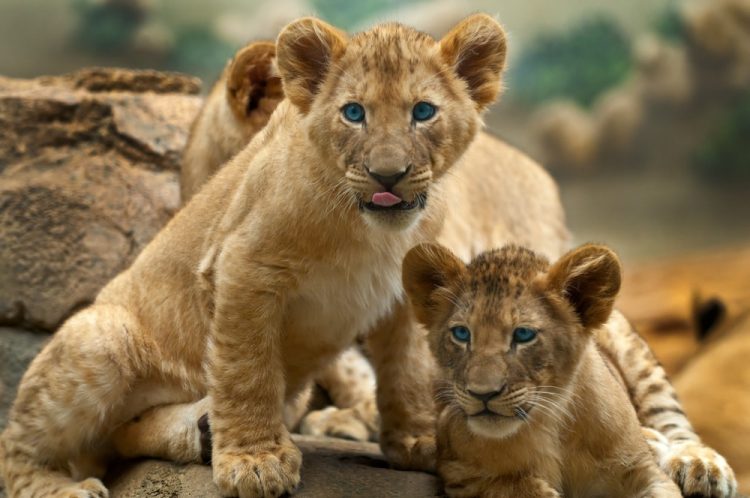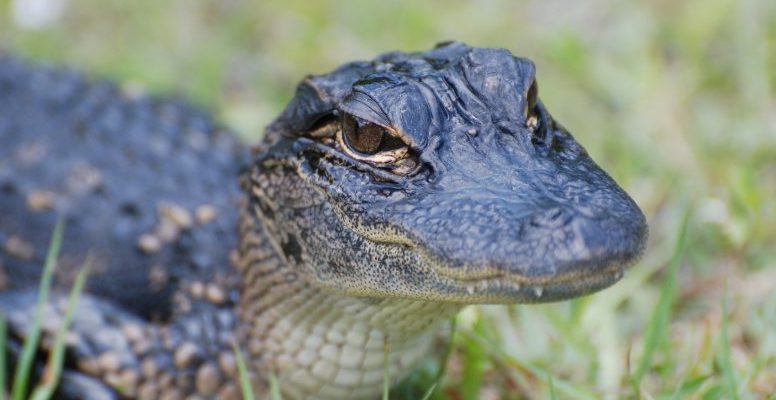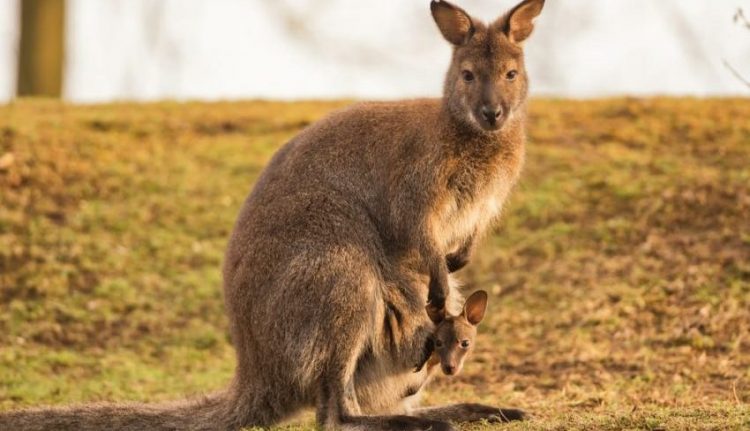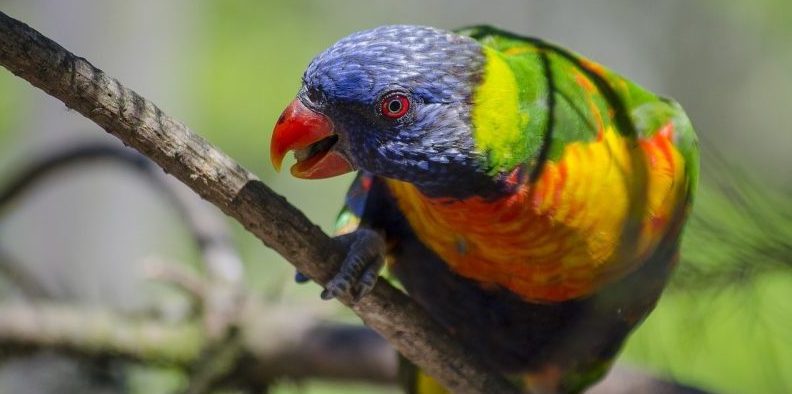Respiration is the process by which living things obtain oxygen to live. It can be pulmonary, branchial, tracheal or cutaneous. Some animals have more than one type of respiration simultaneously.
The lung respiration It is carried out by mammals (including humans), birds, and most reptiles and amphibians. For instance: the hare, the owl, the lizard, the toad.
They are aerobic organisms, whose cells need oxygen to live. During pulmonary respiration, the lungs (central organs of this type of respiration) exchange gases between the animal and the air environment. The organism breathes in through the nose or mouth the oxygen that cells need to function and expires the carbon dioxide that they discard.

Lung respiration in mammals
In mammalian lung respiration, oxygen enters the animal’s body through the mouth or nose. It passes through the pharynx, larynx, trachea and finally reaches the lungs through the bronchi. Inside the lungs, the bronchi branch out and form bronchioles that end in alveoli, small sacs where the exchange of oxygen and carbon dioxide occurs. During breathing, the lungs contract and dilate.
Oxygen is used in blood cells (red blood cells) that is distributed throughout the body by the circulatory system, which is released by the same reverse path of carbon dioxide.
Lung respiration in amphibians
Amphibians are vertebrates that can live in both aquatic and terrestrial environments, for this reason, many species breathe through their skin when they are in water, and through their lungs when they are on land.
Amphibians undergo a metamorphosis throughout their development. In its larval stage, respiration is branchial. The lungs and limbs of amphibians develop when they reach the young phase.
Amphibians obtain oxygen through their nose and mouth. They have two lungs with faveoli.

Lung respiration in reptiles
The respiration of most land reptiles is similar to that of mammals. They absorb air through the nose or mouth that then passes through the pharynx, larynx, trachea to reach the lungs that are divided into septa.
Most reptiles have two lungs. Some types of organisms like snakes have only one.
Aquatic reptiles that breathe through the lungs obtain oxygen from the surface and store it in their lungs for use when they are underwater.
Lung respiration in birds
Most bird species have two small lungs where gas exchange takes place. Birds need a large amount of oxygen which they use to fly. Unlike the lungs of mammals, the lungs of birds do not have alveoli but parabronchi, which are responsible for gas exchange.
Air enters the body through the mouth or nose into the windpipe, then passes part to the lungs and part to the air sacs. Air sacs are structures that birds have, they are communicated to the lungs and store air. This allows them to decrease their weight to give more agility during the flight. The air sacs keep the lungs constantly ventilated.

Examples of lung-breathing mammals
| Dog | Cat | Wolf |
| Tiger | Horse | Camel |
| Bear | Fox | Lion |
| Zebra | Sheep | Giraffe |
| Elephant | I raised | Donkey |
| Whale | Deer | Mongoose |
| Monkey | Otter | Rabbit |
| Hyena | Hippopotamus | Kangaroo |
| Call | Koala | Cow |
| Bat | Seal | Hippopotamus |
| Mouse | Cougar | Dolphin |
| Capybara | Wild pig | sea cow |
| Killer whale | Mouse | Chipmunk |
| Rhinoceros | Weasel | Lynx |
Examples of lung-breathing amphibians and reptiles
| Frog | Crocodile | Salamander |
| Alligator | Komodo dragon | Toad |
| Lizard | Turtle | Cobra |
| Triton | Sea turtle | Alligator |
| Boa | Snake | Iguana |
| Lizard | Morrocoy | Axolotl |

Examples of lung-breathing birds
| Eagle | Parrot | Robin |
| Ostrich | dove | Flemish |
| Cardinal | Duck | Finch |
| Quail | Parakeet | Magpie |
| Hummingbird | Seagull | Penguin |
| Chicken | Vulture | Canary |
| Swallow | Condor | Stork |
| Sparrow | Owl | Pheasant |
| Macaw | Cockatoo | Goose |
| Swan | Goldfinch | Hawk |
| Owl | Blackbird | Chimango |
| Mockingbird | Thrush | Thrush |
| Toucan | Albatross | Heron |
| Hornero | Pelican | Peacock |
